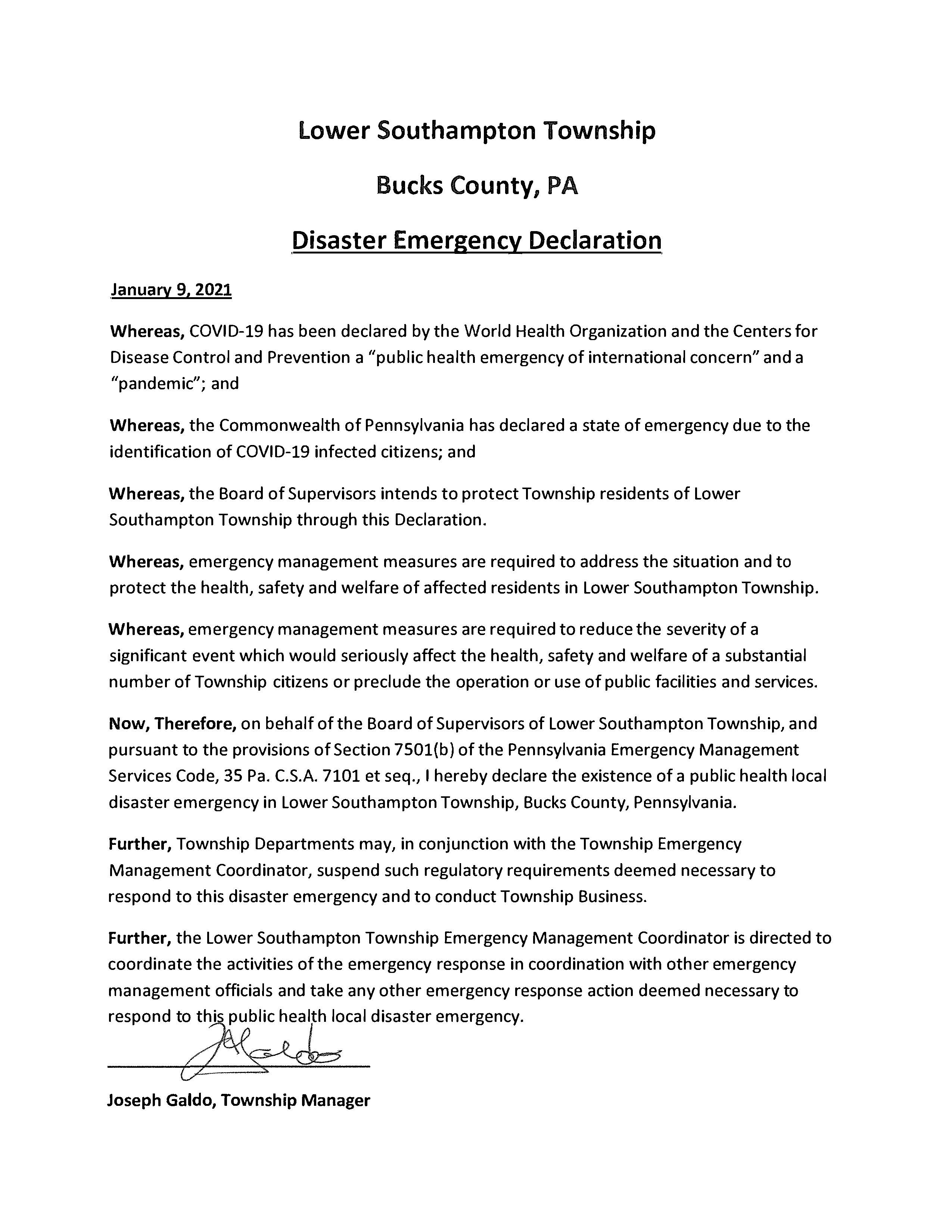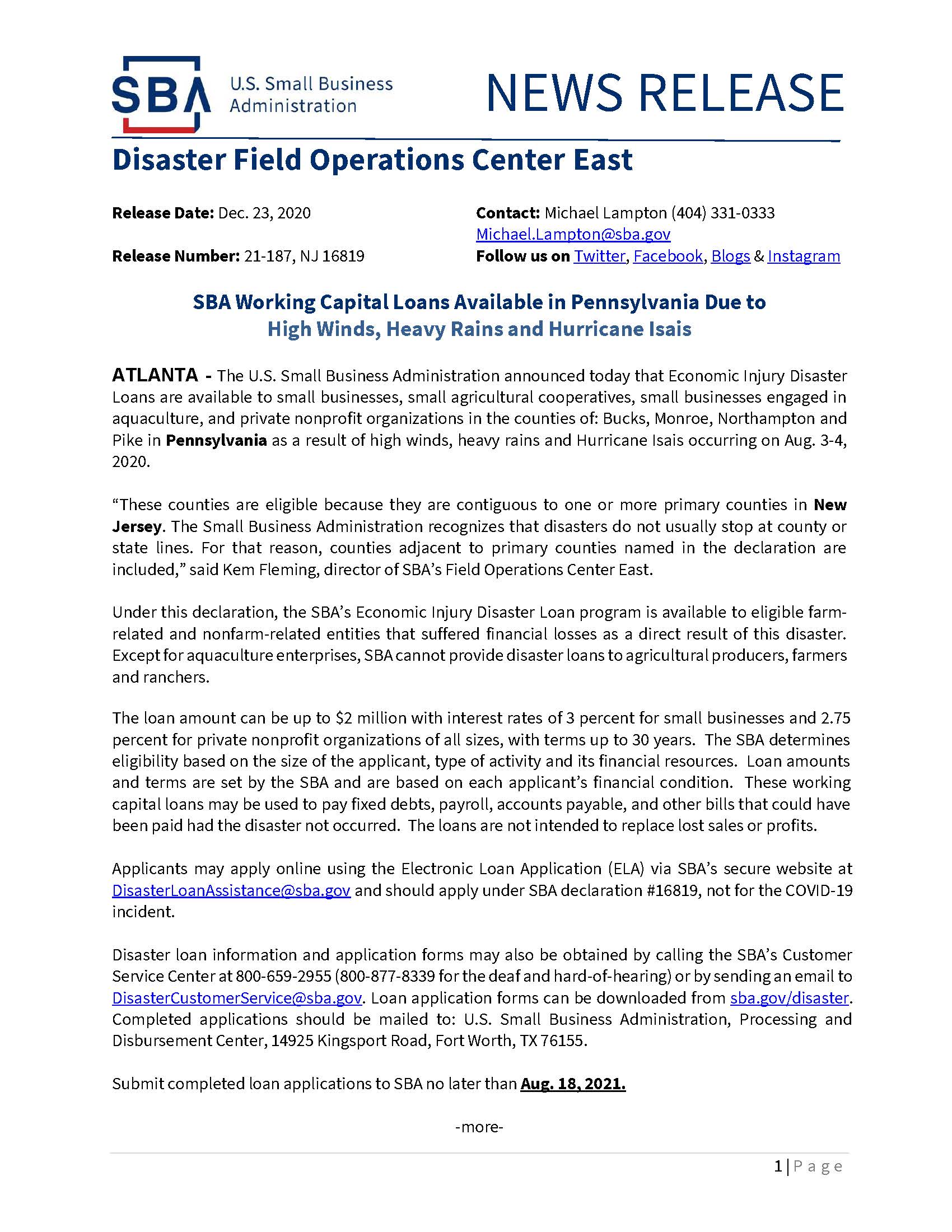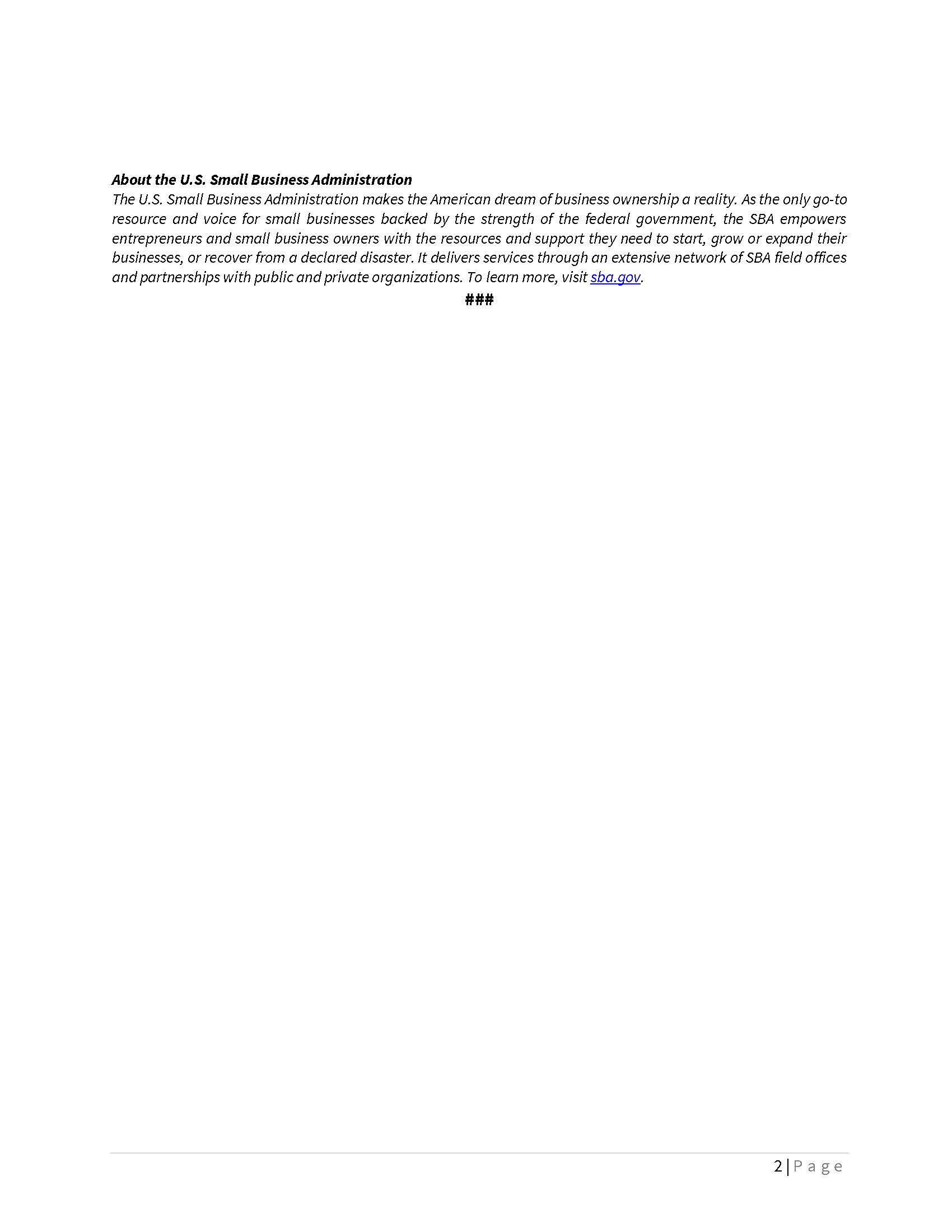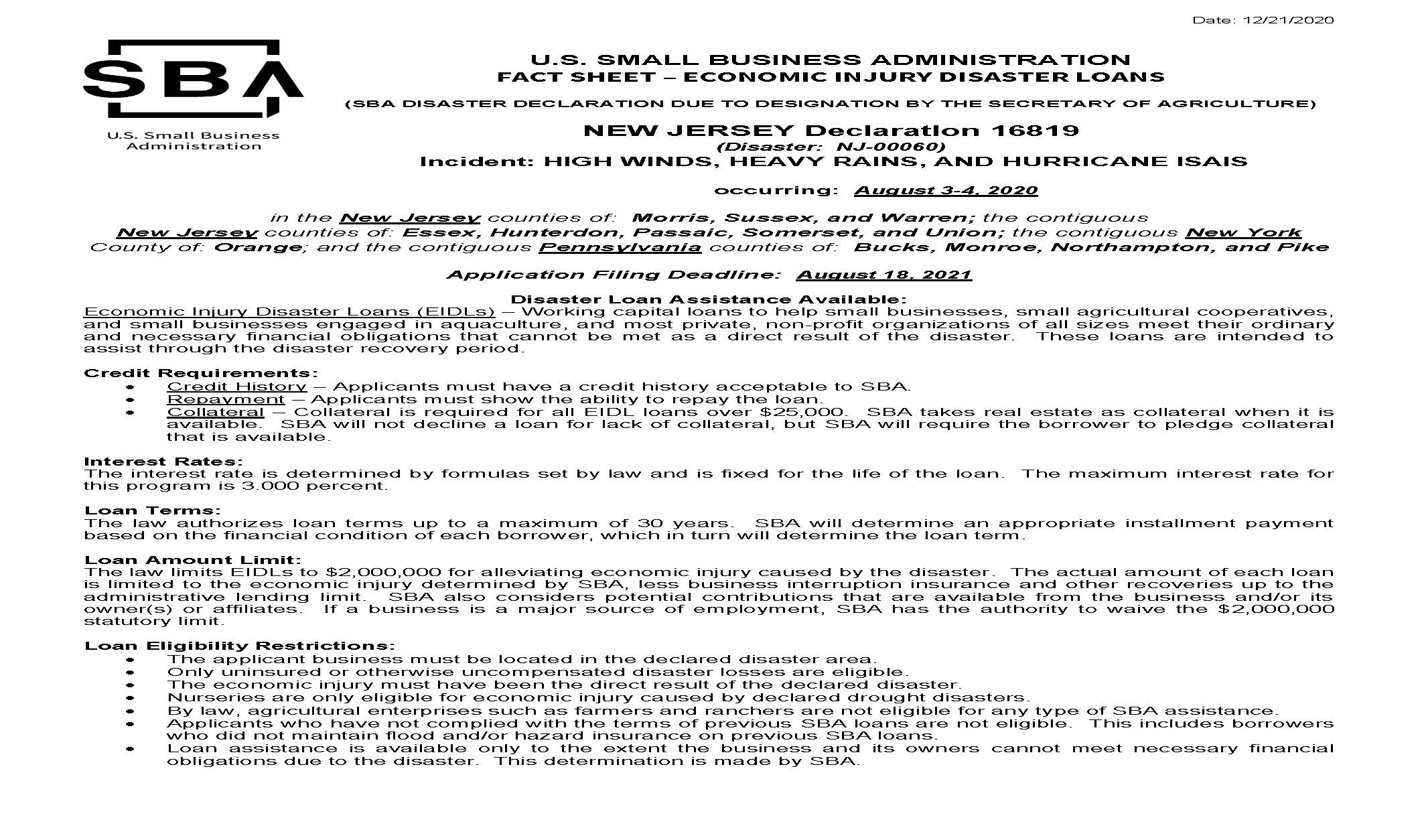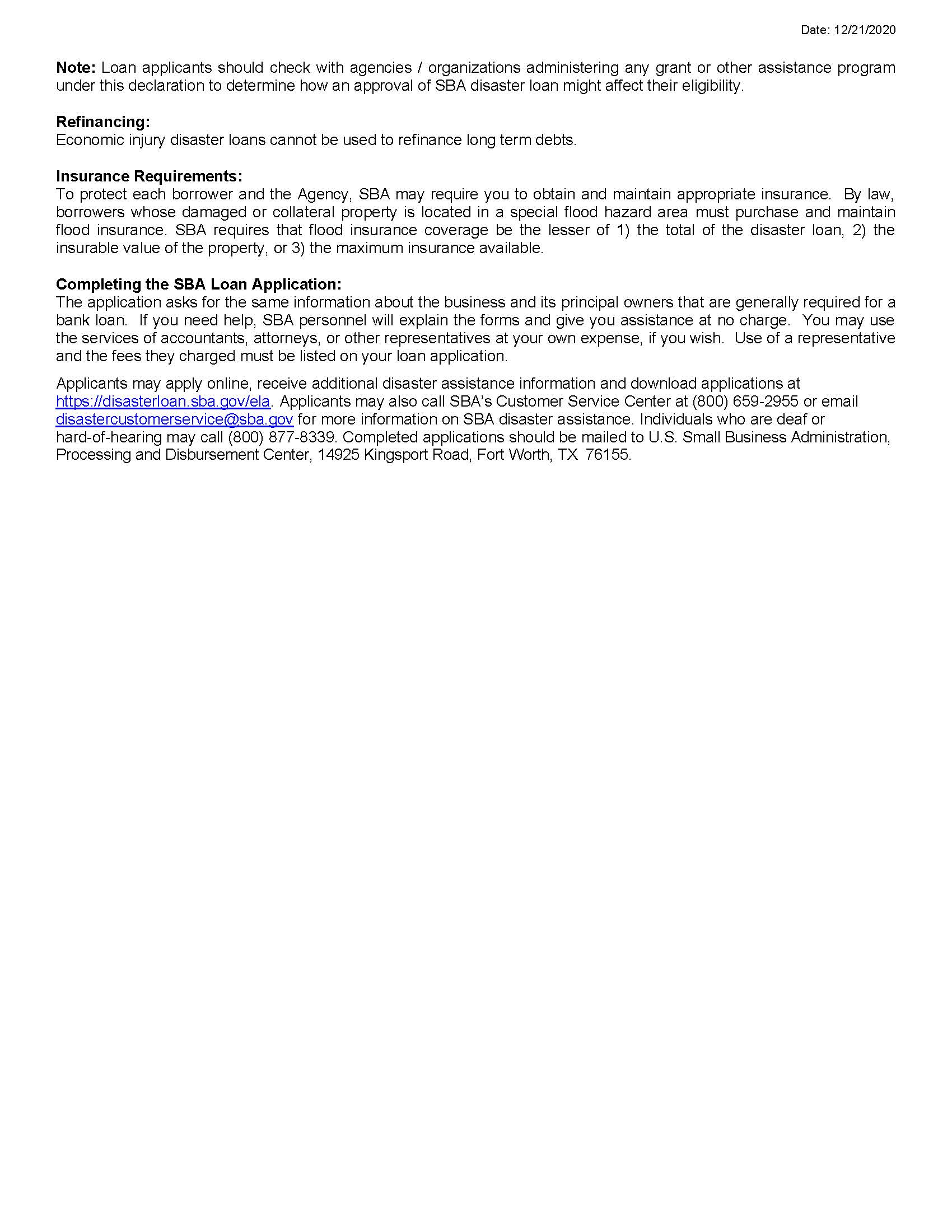Notice for Verizon Fios Customers
Verizon Fios notified the Township today that they will be changing the pricing for their various Fios TV packages. On or after May 1, 2021, the base rate for Mix and Match Fios TV packages will increase by $6 per month. This increase helps cover a portion of the escalating annual costs many of the network providers charge to Verizon for their programming.
| Mix & Match Fios TV Packages | Current Rate | Increased Rate |
| Your Fios TV | $50 | $56 |
| More Fios TV | $70 | $76 |
| The Most Fios TV | $90 | $96 |
| Mundo | $70 | $76 |
| Mundo Total | $90 | $96 |
